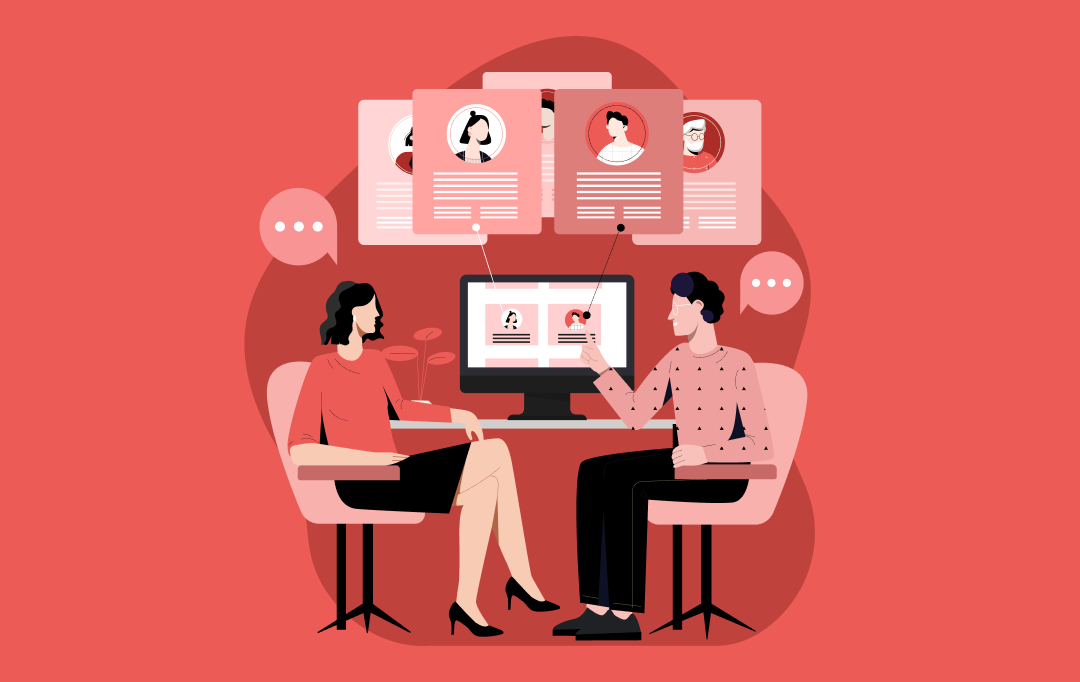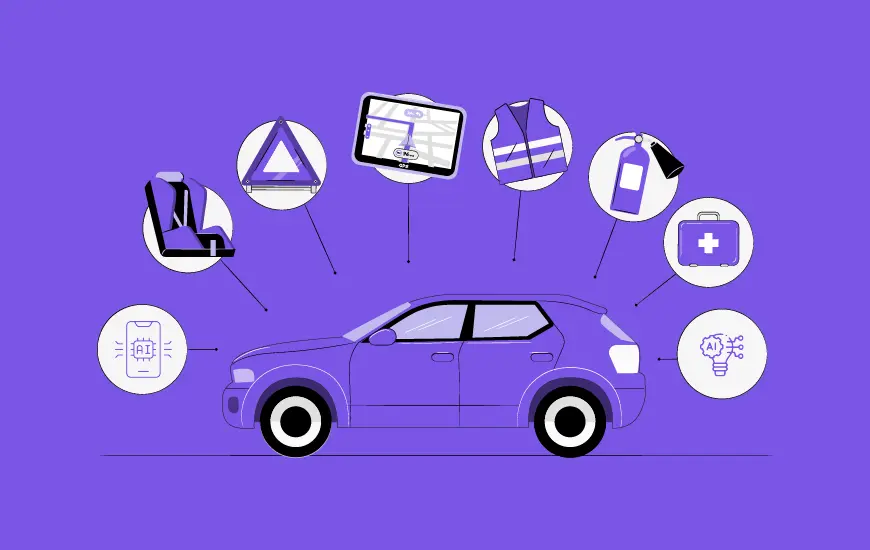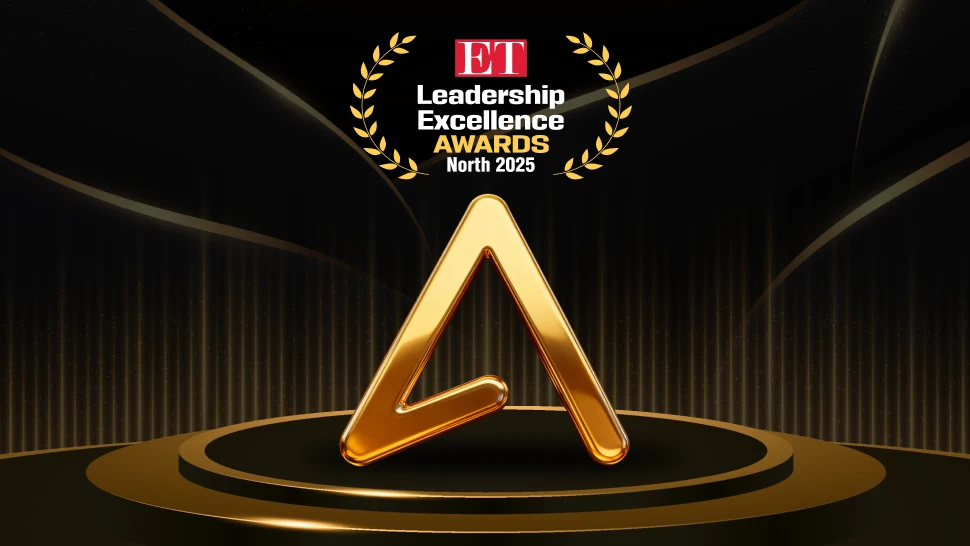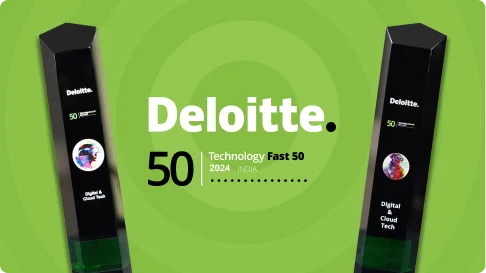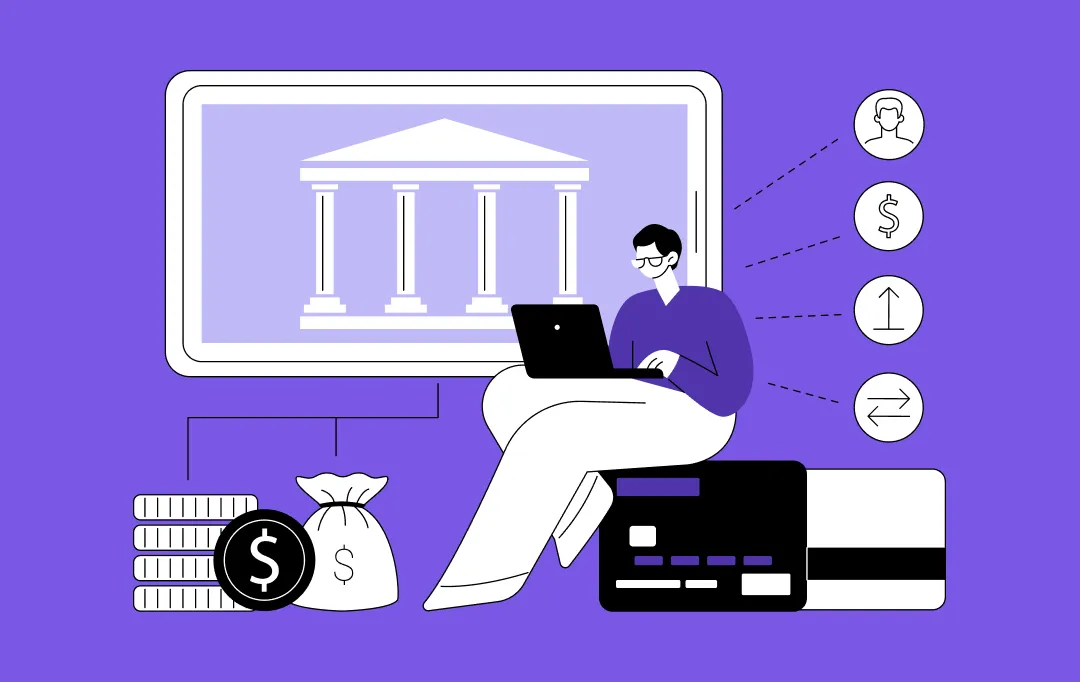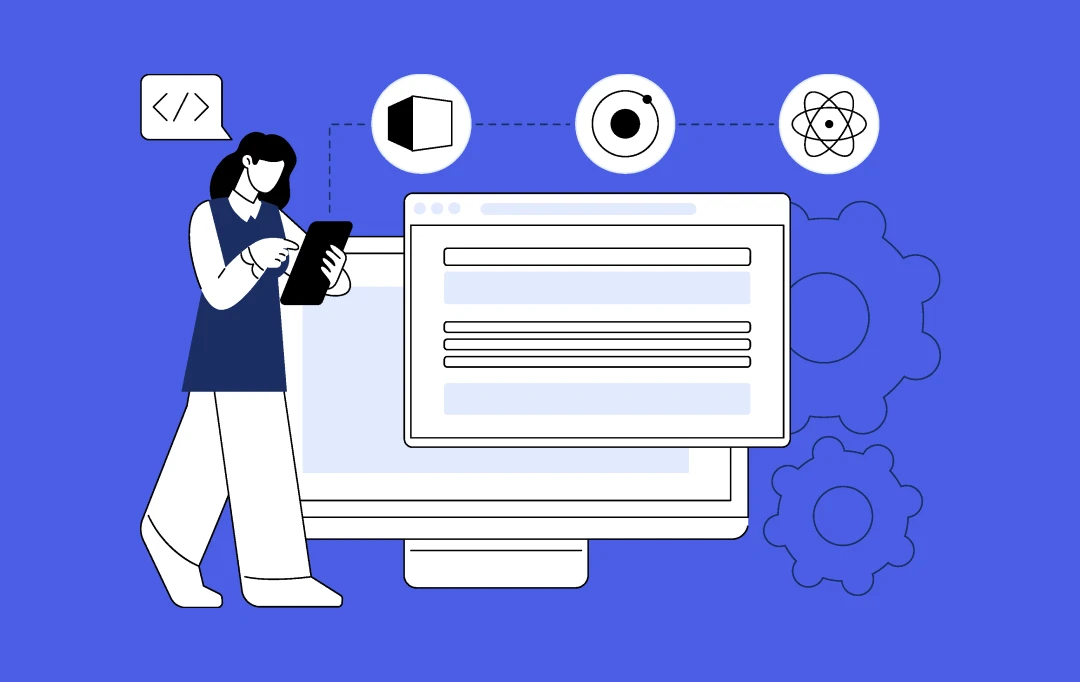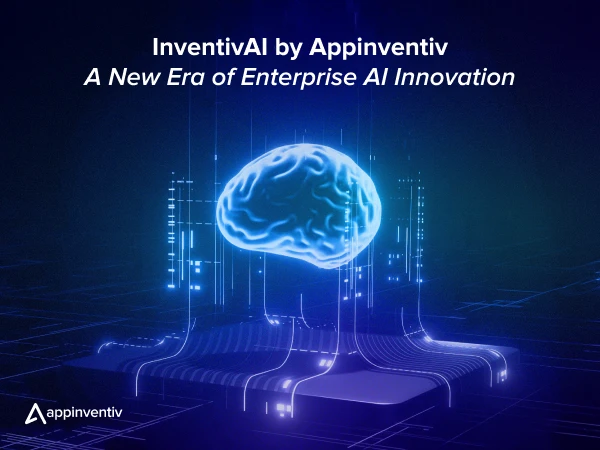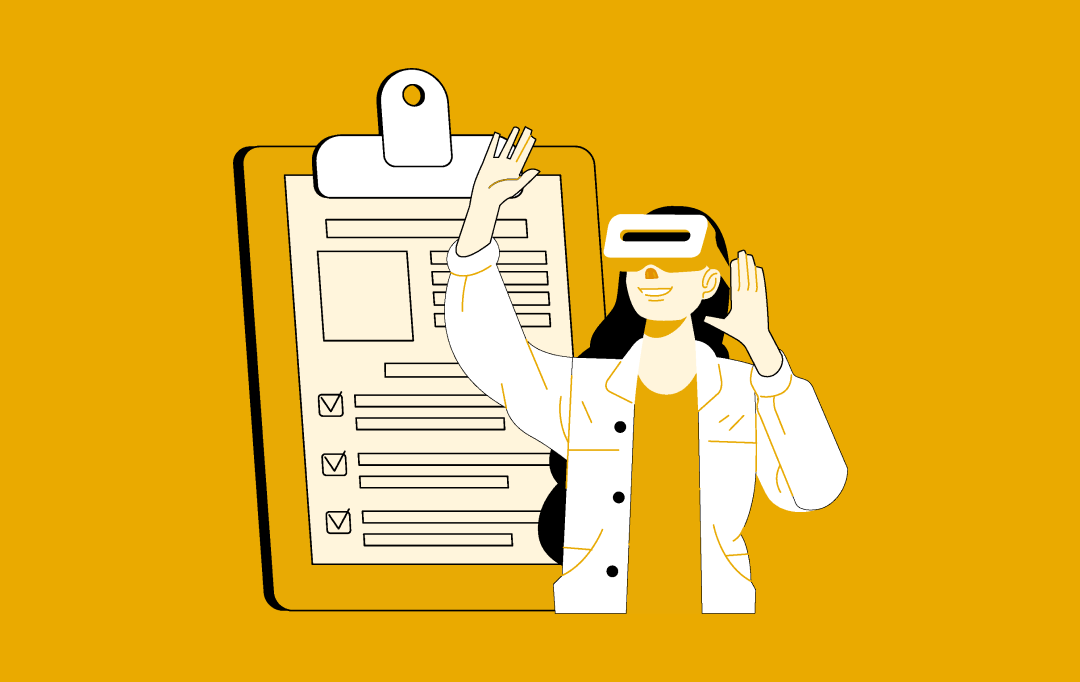- Real-Life Applications of VR in Healthcare: Key Use Cases and Real Examples
- Lowering PTSD Occurrences
- Mental Health Treatment & Therapy
- Physical Rehabilitation & Recovery
- Planning and Simulating Surgeries
- Pediatric Care & Developmental Disorders
- Managing Long-Term Illnesses
- Pain Management
- Patient Education & Pre-Surgical Planning
- Medical Training
- Redefine VR-Powered Healthcare Experiences with Appinventiv’s Expertise
- FAQs
Virtual reality (VR) was once stereotyped as just an entertainment tool, but who would have thought that even a serious industry like healthcare could leverage it for pain management and therapy—especially for burn victims?
| Snow World For Burn Patients Patients with severe burns experience excruciating pain during wound care, even with traditional Narcotic drugs. To reduce this pain, researchers from the University of Washington Human Interface Technology Laboratory have developed SnowWorld, a VR game designed specifically for burn victims. This VR-based healing technology is utilized at hospitals and burn centers like Harborview and Shriners to reduce pain levels significantly. How Does It Work? When patients wear a VR headset and enter a snowy, immersive environment, engaging in interactive tasks like throwing snowballs at penguins, the VR distraction significantly reduces pain perception by diverting the brain’s attention from pain signals. Results According to a study by HIT Lab Washington, SnowWorld VR versus standard video games to significantly reduce various subjective pain and anxiety ratings in a patient undergoing bedside burn wound care. |
Beyond its initial applications, VR revolutionizes medical training and patient care through immersive simulations and therapeutic interventions. These advancements provide healthcare professionals like you with realistic environments to practice procedures and enhance patient treatments without risk.
How Virtual Reality (VR) Improving Healthcare Efficiency?
- VR training improved participants’ overall surgical performance by 230% compared with traditional methods. (Harvard Business Review study)
- VR intervention can improve cognitive and motor function in older adults with mild cognitive impairment. (NCBI NIH)
- A study found that VR exposure therapy reduced fear of heights by a self-reported 68% on average. (Lancet Journal)
The healthcare revolution is here—and it’s only just beginning.
In this blog, we will dive into the use cases of virtual reality in healthcare, showcasing real-life examples. These cases will highlight the advantages of integrating VR into the sector and its current impact.
Real-Life Applications of VR in Healthcare: Key Use Cases and Real Examples
AR and VR technologies are revolutionizing healthcare by enhancing medical training through immersive simulations and improving patient outcomes with real-time data visualization approach. Let’s look at some of the top use cases of virtual reality in medicine with real-life examples of the top healthcare giants implementing the same.

Lowering PTSD Occurrences
Virtual reality in healthcare has come as a major relief technology for people who suffer from anxiety and patients with severe cases of PTSD. By either taking them to the point of war to help them move on or introducing them to a peaceful virtual world, VR has been a boon in lowering the stress levels of patients.
There are several mobile apps in both Android and Apple stores, such as Relax VR, Zen Zone, Monarch VR, etc., that are developed on the foundation of Virtual Reality, which targets PTSD patients or those who suffer from other forms of anxiety disorders.
Real Example: UnitedHealth Group
United Health Group, for instance, has explored the use of virtual reality in healthcare to support patient experiences, particularly in pain management and mental health therapies. By immersing patients in calming virtual environments, VR can serve as a distraction during painful procedures or help manage anxiety and PTSD symptoms, reducing reliance on medication and enhancing overall patient care.
Mental Health Treatment & Therapy
Virtual reality in mental health care provides exposure therapy, stress relief, and meditation experiences for conditions like anxiety and depression. It allows therapists to create controlled environments where patients can confront and manage their fears safely.
| VR Workflow in Mental Health Treatment & Therapy | |
|---|---|
| Steps | Key Actions |
| Patient Assessment & Planning |
|
| Customized VR Environment |
|
| Immersive Therapy Session |
|
| Real-Time Monitoring |
|
| Post-Session Review |
|
| Ongoing Therapy & Progress |
|
Real-Examples: Cigna
Cigna has integrated VR into mental health treatment by collaborating with Oxford VR, a digital therapy platform. The company provides VR-based cognitive behavioral therapy (CBT) sessions for patients with social anxiety, phobias, and PTSD, offering a more immersive approach to mental health care. By immersing users in calming virtual environments, VR-guided meditation and breathing exercises can lower cortisol levels, enhance focus, and promote better sleep.
Also Read: Mental Health App Development: A Complete Guide
Physical Rehabilitation & Recovery
The merger of virtual reality and healthcare is transforming physical therapy, aiding patients regain mobility after injuries or neurological conditions like strokes. It enhances rehabilitation by integrating gamified exercises and offering real-time feedback, making therapy more engaging and effective.
Real Example: HCA Healthcare Hospital
HCA Healthcare, one of the largest hospital networks in the U.S., has adopted VR therapy for stroke rehabilitation. Their VR-based programs are designed to improve motor skills and accelerate movement recovery compared to traditional methods. By offering personalized, interactive exercises, VR helps improve balance, coordination, and strength, encouraging patient engagement and speeding up recovery.
Planning and Simulating Surgeries
Through VR in healthcare, surgeons can precisely plan and simulate surgery. By 3D visualization of the patient’s anatomy, surgeons can perform challenging and complex treatments, detect potential complications, and devise the best surgical plans. This results in reduced operating hours and better surgical results.
Real-Example: Johnson & Johnson Medical Devices
Johnson & Johnson Medical Devices has partnered with SurgicalAR to develop a VR platform for orthopedic surgery. This collaboration aims to enhance surgical accuracy and efficiency by providing surgeons with immersive 3D visualizations of patient anatomy during procedures. This kind of utilization of virtual reality in medicine and surgery also improves teamwork by enabling several surgeons to discuss and plan surgeries in a virtual setting.
Pediatric Care & Developmental Disorders
Healthcare virtual reality is increasingly being utilized to assist children with developmental disorders such as autism, ADHD, or cerebral palsy. By crafting virtual environments specifically designed to meet their needs, VR offers opportunities for educational activities, sensory integration exercises, and social interaction simulations.

Real-Example: Children’s Hospital of Los Angeles
The Children’s Hospital of Los Angeles employs virtual reality for patients to support children with autism in developing social skills and emotional regulation. Through VR simulations, children are exposed to controlled social situations that help them recognize and respond to emotions more effectively, ultimately promoting greater independence and confidence in real-world interactions.
Managing Long-Term Illnesses
VR apps assist in managing long-term health issues like diabetes, high blood pressure, and persistent discomfort. VR in the medical industry offers experiences that promote mindfulness, relaxation, and healthy habits, helping patients manage their conditions more effectively while improving their overall well-being. This all-encompassing approach enhances the quality of life for patients with chronic diseases by supporting mental and physical health.
Real-Example: DiabeticU
At Appinventiv, our team has developed DiabeticU, a comprehensive diabetes management app that integrates effortlessly with wearable devices. This app provides personalized meal plans, exercise routines, medication tracking, and blood sugar monitoring.
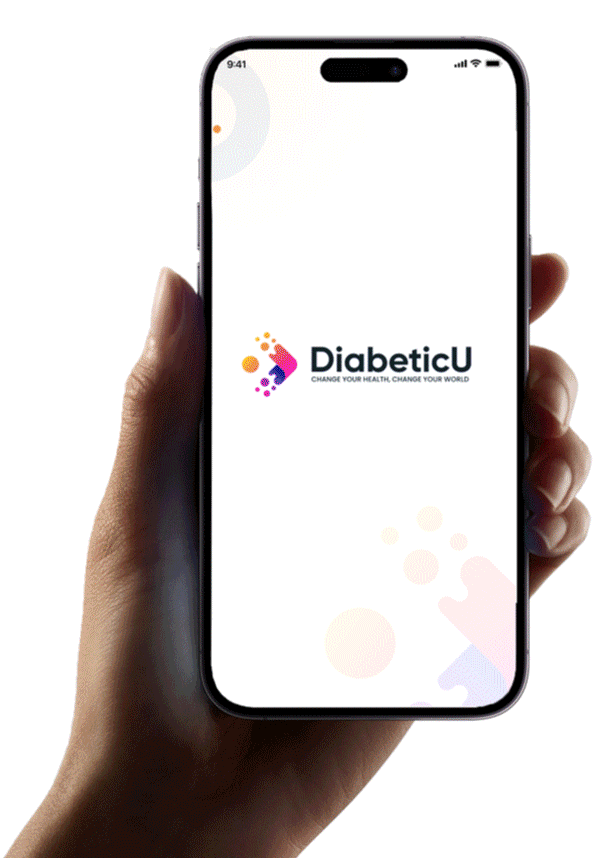
By combining real-time data with tailored health insights, DiabeticU has transformed diabetes management, enhancing user health outcomes and significantly improving overall quality of life.
Pain Management
Virtual reality in healthcare is being increasingly adopted in pain management by offering immersive experiences that help patients cope with acute or chronic pain. By immersing patients in calming or engaging virtual environments, VR distracts during painful procedures, reducing the perception of pain and helping manage conditions like fibromyalgia, burn injuries, or chronic migraines.
Real-Example: Cedars-Sinai Medical Center
A notable example is the use of VR by Cedars-Sinai Medical Center, where VR is employed to manage pain for burn victims. Patients are placed in a virtual environment like a snow-covered mountain, which helps divert their attention from pain during wound care and dressing changes, significantly reducing pain perception and the need for medication.
Patient Education & Pre-Surgical Planning
VR for healthcare enables patients to better understand their medical conditions and upcoming procedures by offering interactive 3D visualizations. This technology boosts patient confidence, alleviates anxiety, and aids in decision-making regarding treatment options by providing a clearer picture of what to expect.
Real-Example: Pfizer
Pfizer has implemented VR to educate patients on complex conditions like cancer and Alzheimer’s. Through immersive virtual experiences, patients and caregivers can visualize disease progression and better understand available treatment options in a more engaging and informative way.

Additionally, VR helps mentally and emotionally prepare patients for surgery by providing a realistic simulation of the procedure. VR surgery reduces fear and uncertainty, offering a clear preview of what to expect and making the real experience less intimidating.
Medical Training
Virtual reality in healthcare transforms medical training by providing immersive, risk-free environments where medical professionals can practice complex procedures and enhance their skills. Through realistic simulations, VR enables healthcare providers to refine their techniques, improve diagnostic accuracy, and become more confident in handling critical situations—all without the dangers associated with traditional hands-on training.
Real-Example: Osso VR
A leading example is Osso VR, a U.S.-based platform that offers highly detailed and interactive VR simulations for medical training, particularly for surgeons. This platform allows surgeons to practice intricate surgeries, such as orthopedic procedures, in a fully immersive 3D environment. Institutions like the Cleveland Clinic utilize Osso VR to train medical professionals, allowing them to practice procedures in a safe, controlled setting repeatedly.
While these are just a few use cases and benefits of virtual reality in healthcare, there are a number of other ways the medicine industry is transforming by introducing everyone involved to a safe practice world. This includes the utilization of VR in the healthcare industry for social interaction for special needs patients, pre-surgical anxiety reduction, medical device training, fertility and pregnancy support, pharmacological studies, drug testing, and others.
Redefine VR-Powered Healthcare Experiences with Appinventiv’s Expertise
As a trusted healthcare app development company, Appinventiv delivers advanced solutions that cater to top healthcare brands. Over the years, we’ve proudly collaborated with healthcare clients like Health-e-People, Soniphi, and DiabeticU, helping them embrace digital transformation and engage their users in innovative ways. Our commitment to advancing healthcare through technology continues to drive impactful results and improved patient experiences.
Whether you’re looking to integrate immersive VR for rehabilitation, surgical training, or mental health management, we, as a trusted AR VR development company, are here to help you innovate and drive better patient outcomes.
Let’s work together to bring the future of healthcare to life.
FAQs
Q. What is the role and impact of VR technology in healthcare?
A. The impact of virtual reality in healthcare is significant as it offers immersive training simulations for medical professionals, virtual surgeries, and innovative patient care solutions. It is particularly effective in pain management, rehabilitation, and mental health treatments, helping improve patient experiences and outcomes. Through realistic scenarios for practice and therapeutic environments for patients, VR is raising the quality of care while reducing overall healthcare costs.
Additionally, it enhances patient engagement by providing interactive treatment options and enabling remote consultations, making healthcare more accessible and efficient. As technology advances, VR will continue to shape the future of healthcare, fostering precision medicine and personalized care.
Q. What is the future of VR in healthcare?
A. The future of virtual reality in healthcare holds vast potential, with ongoing advancements set to transform training, patient care, and treatment methods. VR will likely play a bigger role in medical education, offering more dynamic and interactive simulations. It will continue to grow in mental health and pain management, providing new ways to support patients. As technology evolves, VR will enhance rehabilitation, enable remote monitoring, and refine surgical precision, further revolutionizing healthcare practices.
To know more about how virtual reality is changing the healthcare industry and how it can benefit your business, connect with our experts today!
Q. What are some of the challenges of VR in healthcare?
A. Here are some top challenges of implementing virtual healthcare technology into existing processes.
- Insufficient Research and Evidence
- Data Privacy and Security
- High Costs
- Technical Barriers and Accessibility
- Training and Adoption
- Patient Discomfort and Safety Concerns
- Integration with Existing Systems
- Lack of Standardization
- Regulatory Hurdles
- User Experience and Engagement


- In just 2 mins you will get a response
- Your idea is 100% protected by our Non Disclosure Agreement.
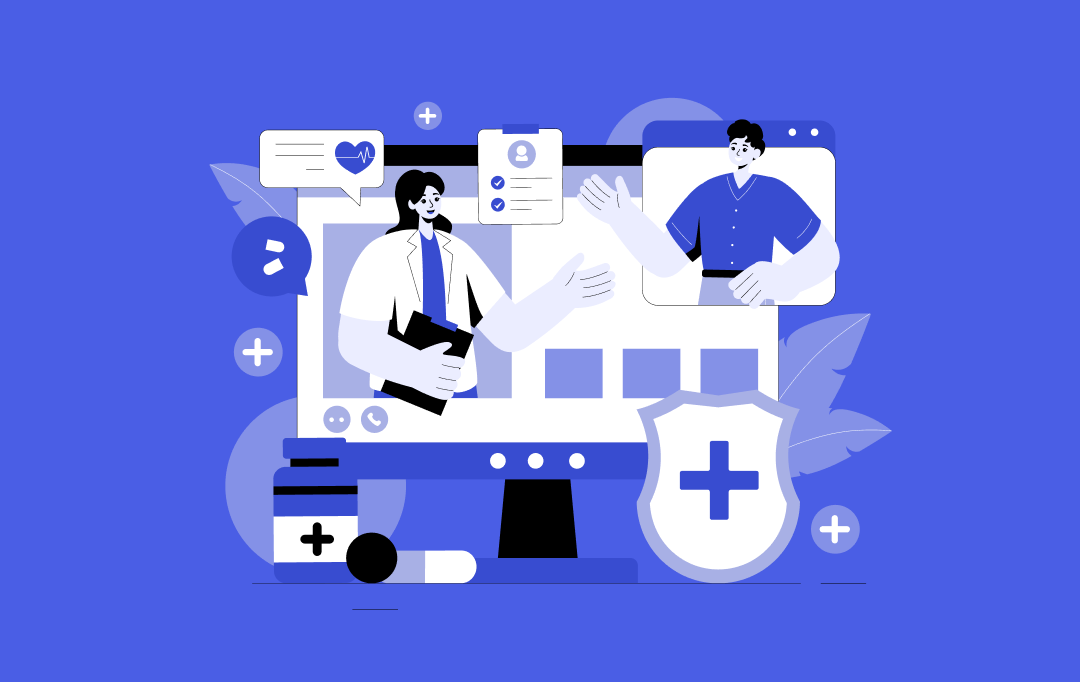
Identity and Access Management in Healthcare: Core Components, Challenges, and Best Practices
Key Takeaways Healthcare runs on trust, and Identity and Access Management is what keeps that trust intact by protecting every login, record, and device. A modern IAM system does more than secure passwords, it connects people, systems, and data safely across hospitals and clinics. AI and automation are changing how IAM works, spotting risks faster…
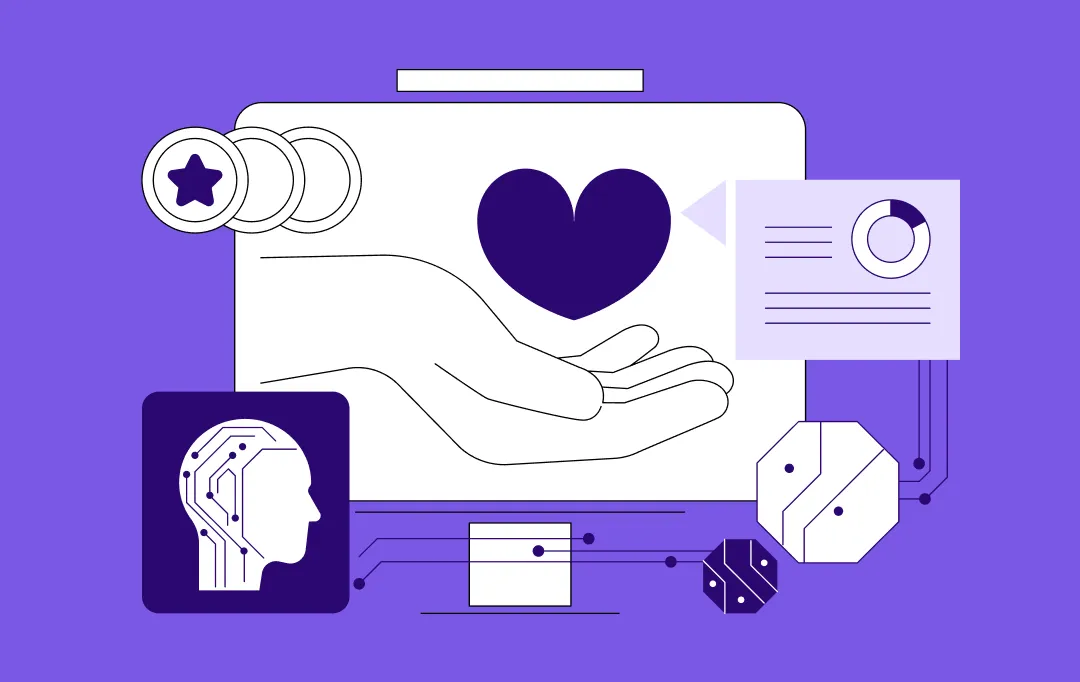
How Telemedicine is Breaking Barriers in Mental Health Care Access and Delivery
Key Takeaways Telemedicine is helping healthcare systems close gaps caused by clinician shortages, long wait times, and limited physical infrastructure. Virtual mental health care boosts access beyond geographical barriers while reducing no-shows, travel barriers, and scheduling conflicts. Hybrid models, remote monitoring, and AI-supported assessments make care more continuous, proactive, and scalable. Partner with Appinventiv to…
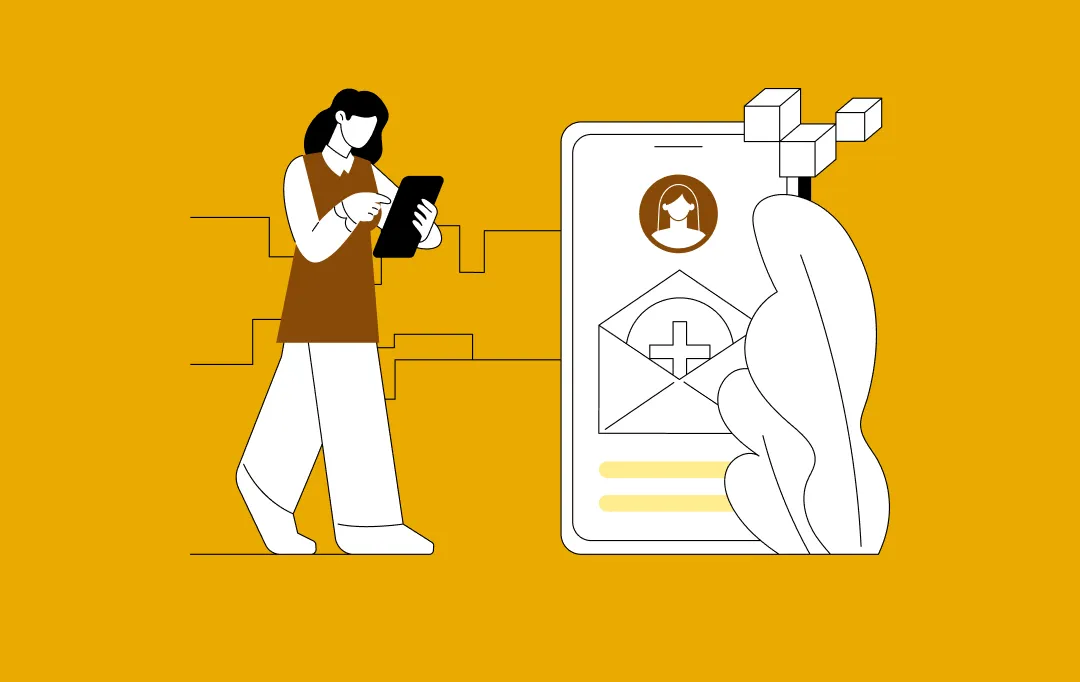
Chiropractor App Development: Complete Guide for Clinics
Key Takeaways Chiropractor apps succeed when they solve real clinic workflows, not just scheduling and bookings. Choosing the right app type early prevents data silos, rework, and scalability issues later. MVP-first development helps clinics validate adoption before investing in full platforms. Compliance, integrations, and analytics must be built in from day one, not added later.…


